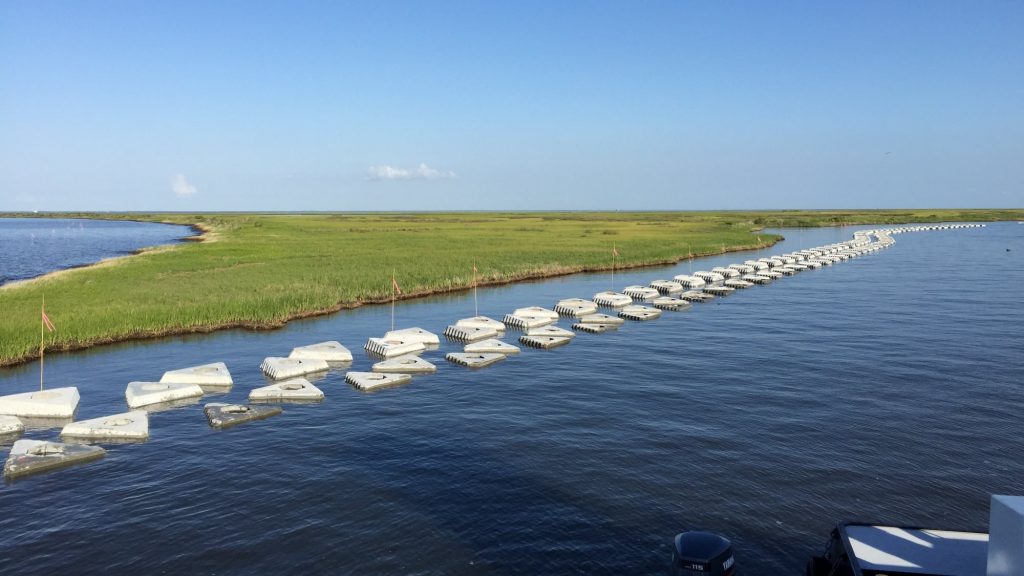Who?
What?
Global engineering, management and development consultancy, creating urban spaces and environments that blend perfectly with nature. Focusing on renewal, restoration and growth – to maximise positive ecological and community outcomes.
How?
- Deliberately rewilding urban areas (even the smallest, leftover spaces) on and inside buildings.
- Creating habitats that regenerate native species and provide thriving places for biodiverse communities.
- Choosing diverse vegetation that can sequester carbon, provide natural cooling and purify the air.
- Working with local experts and multidisciplinary teams to develop a thorough understanding of the unique ecosystems, character, culture and conditions of each project’s location.
- Adopting systems thinking and collaboration between all stakeholders.

Outcomes/Example Projects
- Creating a living shoreline in Louisiana through analysis and 3D computational fluid dynamics modelling tools, to provide self-sustaining protection to the shoreline.
- Cutting carbon emissions through design solutions for National Highways, and innovating in evaluating carbon emissions associated with construction.
- Cheaper, easier to maintain and more adaptable nature-based solutions.
- Societal long-term benefits – in terms of health, jobs, improvement of nature, etc. – are factored into the design and development process from the start and investment decisions are not based solely on capital cost or short-term payback.
- Symbiotic benefits between biodiversity, climate resilience, social inclusion and economic strength that deliver value-for-money.
“Green, blue and living infrastructure can complement or replace grey infrastructure to increase resilience”
Regenerative Principles

Rooted in place/ context
Living systems thrive within a place, and natural ecosystems are open but contained within a context. So for regenerative business, connection to place and community matters. There is no “one size fits all” approach – it’s about working with local and regional ecosystems.

Interconnectivity
Interconnectedness often leads to unexpected non-linear changes because of many different feedback loops in the system. These relationships are the heart of regeneration.

Dynamic
Regenerative systems are Dynamic, as is nature. Change is a given: seasons cause growth, blossoming and decay. Regeneration is not something you can “solve for” once and then ignore. It’s about recognising that change is a constant and developing the capacity to continually adapt.
Design Principles

Learning from Nature
Best illustrated through the concept of biomimicry, ‘mimicking’ nature. Most well known in the world of design and architecture, the core idea behind it is widely applicable. It’s essentially about recognising that nature has a 3.8 billion year headstart on us when it comes to learning how to adapt, survive and thrive, and so we’d be foolish not to see it as a model to learn from and be inspired by. As Janine Benyus, Founder of the Biomimicry Institute puts it: “Life creates the conditions that are conducive to life.”

Circularity
The principle of designing waste out of the system, recovering water, waste materials and energy through production, usage and recreation processes to generate more materials and energy.

Aligning Inner and Outer
A crucial principle is integrity, or alignment of inner and outer. You can’t be regenerative on the outside without also being regenerative on the inside.


